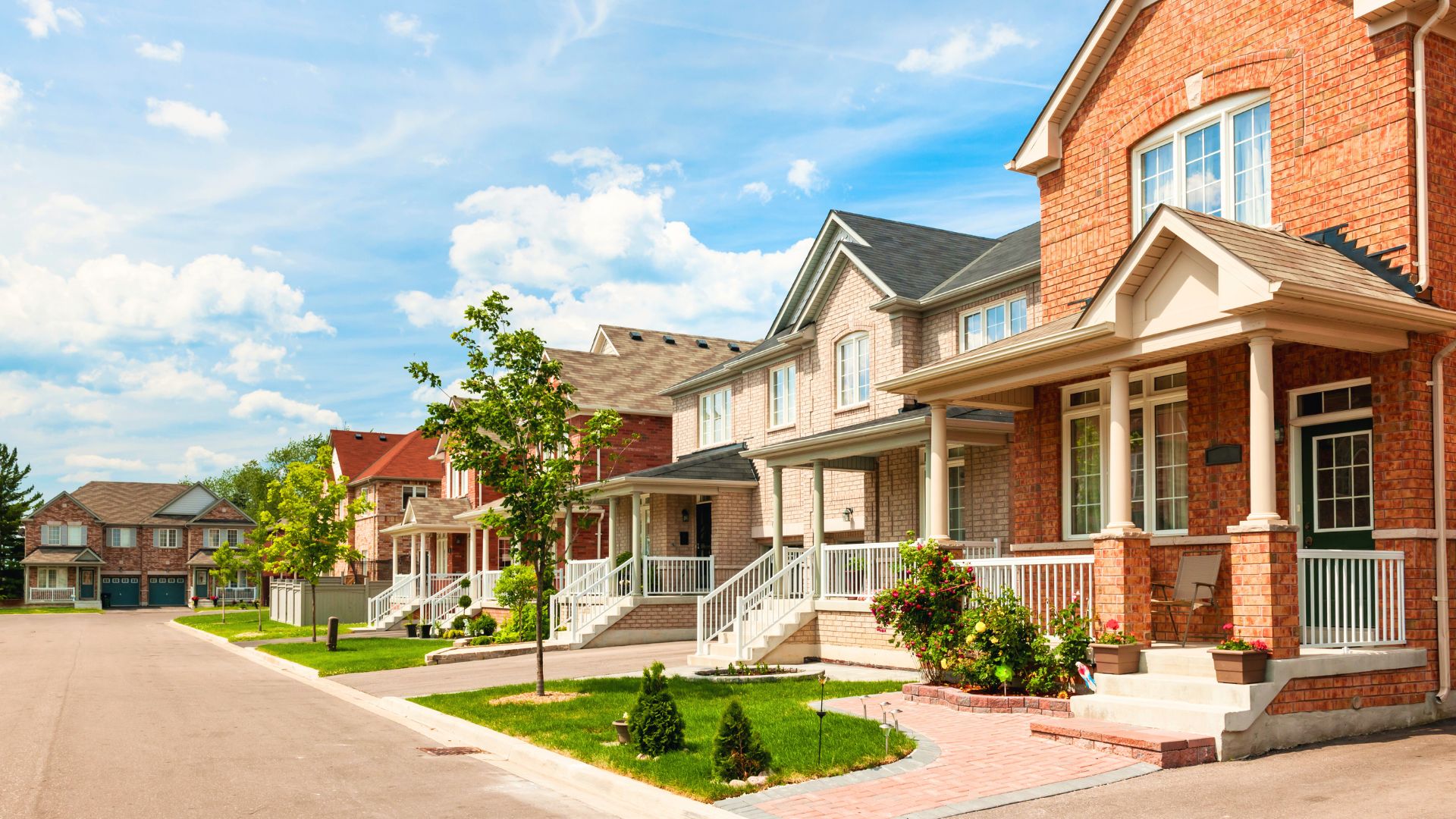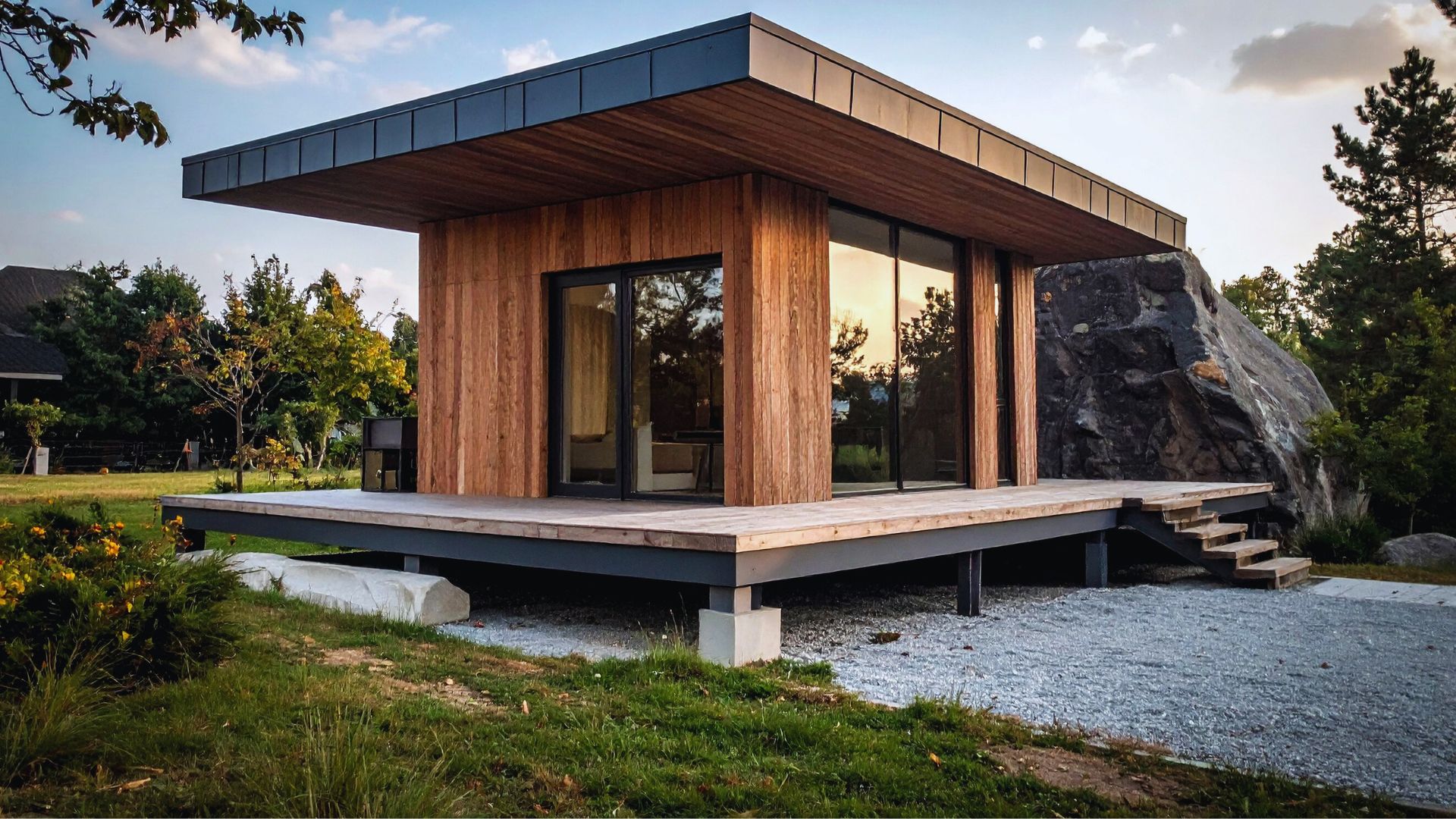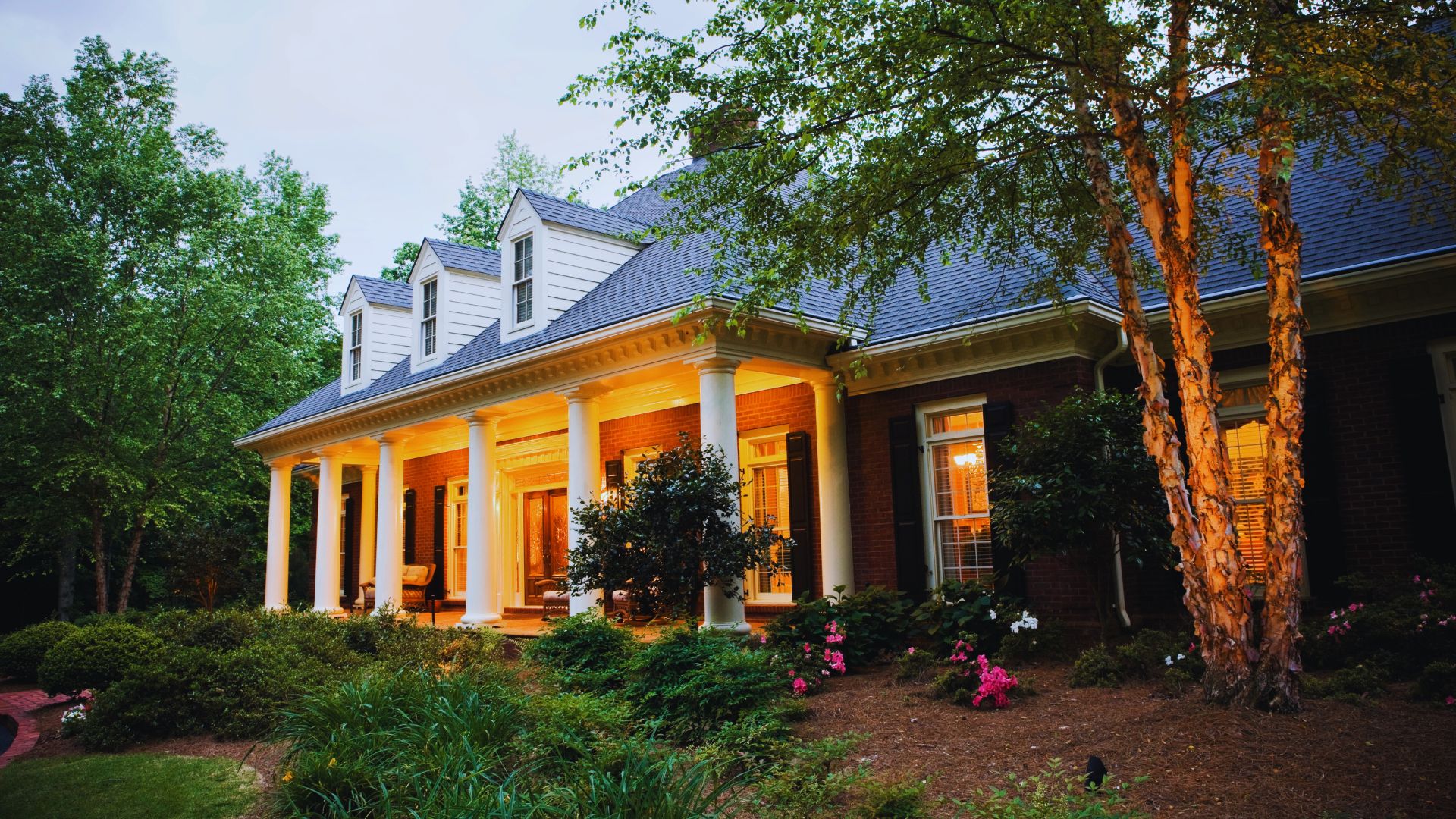Smart Home Technology for Houses
Smart home technology for houses has moved well beyond novelty status. One of the strongest trends driving smart home technology for houses is the push for peace of mind. Security features are often the first step, such as video doorbells and security cameras. Once those are in place, many homeowners expand their setups with smart lighting, thermostats, and voice assistants. This shift reflects a growing preference for homes that can be adjusted remotely, respond automatically, and offer more control over everyday routines.
What started as a niche interest is now widely accepted. New homeowners often expect smart features as part of the package. Integrating smart home technology into homes has also become part of the conversation around resale value and long-term energy management. Here are the smart devices driving technological advancements in smart home products in 2025.
Smart Home Technology Trends
Setting up a smart home doesn’t mean filling your space with unnecessary devices. The most useful tools are the ones that make daily life safer, more efficient, and easier to manage. Here are the key categories to focus on, and what to look for in each.
Monitor Your Home: Video Doorbells and Cameras
Video doorbells and security cameras are some of the most common ways people get started with smart home technology for houses. A doorbell camera lets you see who’s at your door and talk to them, even if you’re not home. Look for clear video, fast alerts, and solid two-way audio. These smart home devices are great for keeping tabs on deliveries and logging who comes and goes.
Security cameras expand that visibility to other areas like the backyard, garage, or side entrance. This is smart home technology in action, where you get real-time video, motion alerts, and footage you can review anytime. Many models offer features like night vision, customizable motion zones, and flexible storage options. If you’re working on a smart home retrofit, wireless cameras are easy to add without major changes. When combined with smart lights or locks, these devices can respond automatically when motion is detected.
Both video doorbells and cameras fit well into broader smart homes technology setups. You can create routines, trigger lights, or get alerts through your phone or smart display. Once set up, these systems work quietly in the background, adding security without adding hassle.
Control the Climate: Smart Thermostats
Smart thermostats are one of the most practical upgrades in smart home technology for houses. They help cut down on energy use by learning your routines or letting you create schedules that match your day. Look for a model that’s easy to control and works well with your existing HVAC system, especially with older setups or heat pumps.
Remote access through your phone is a big plus, letting you adjust the temperature from anywhere. Some models use geo-fencing, which means they can start heating or cooling based on whether you’re home or away. Smart thermostats can also give you insights into energy usage over time, helping you spot patterns and savings.
If comfort is a priority, check whether it supports room sensors for hot or cold spots or has built-in humidity control. Voice assistant integration adds convenience, too. You can adjust the temperature with a quick command. And if your system includes occupancy sensors, the thermostat can avoid running unnecessarily, saving even more energy without you thinking about it.
Prevent Water Damage: Leak Detection Sensors
A water sensor is one of those smart home devices that can save you from big headaches later. It sends alerts when it detects a leak, giving you time to act before a small drip turns into expensive damage. They’re easy to place under sinks, near your water heater, or behind appliances where leaks are more likely to go unnoticed.
When choosing one, look for fast alerts, long battery life, and simple setup with your phone or smart home hub. Some models also track temperature, which helps in areas where frozen pipes could be a concern. If paired with a smart valve, certain sensors can even shut off the water automatically when a leak is detected.
These are helpful in basements, crawlspaces, or vacation homes, places you might not check often. Look for models that send alerts in more than one way, like email or text, in case Wi-Fi is down. Some versions log water events over time, which can help spot repeat problems. In some cases, smart water sensors can connect to home insurance apps, helping speed up claims if something does go wrong.
Smarter Lighting: Connected Bulbs and Switches
Smart bulbs and switches are an easy way to bring smart home technology for houses into everyday routines. You can control them remotely, set schedules, or automate lighting to match your habits. When choosing products, go with ones that fit your existing smart home setup and offer useful features like dimming, timers, or color and tone adjustments.
Think about how you want to control your lights. Some people prefer using an app, while others like voice commands or physical switches. Smart lighting can help cut electricity use and support routines like winding down at night or easing into the morning. Grouping lights into zones makes it easier to manage several rooms at once, and many systems let you create “scenes” for different moods or activities.
If you want flexibility, look for bulbs that offer adjustable white tones throughout the day. For families or guests, having a physical remote or switch makes control easier without needing to open an app. And if you’re happy with the bulbs you already have, smart switches might be the better option. They give you the benefits of smart lighting without replacing your current fixtures.
Hands-Free Control: Smart Voice Assistants
Voice assistants are a key part of smart home technology for houses. They let you control devices, get information, and run routines, all with simple voice commands. When choosing one, make sure it works with the smart home devices you already use or plan to add later.
Look for assistants with strong microphone pickup, quick response times, and access to a wide range of smart services. Good privacy controls like mic mute buttons and clear settings are important too. Beyond controlling your home, they’re great for setting reminders, checking the weather, or playing music hands-free.
Placing a few assistants around your home can make them easier to reach from anywhere. Some models have screens, which add helpful visual feedback for things like timers, video calls, or camera feeds. You can also set up routines that trigger several actions with one phrase, like turning off lights and locking the door when you say “goodnight.” Voice profiles are useful for tailoring responses to different people in your home, and many systems include intercom features so you can talk between rooms without shouting.
Turning Your Home Into A Smart Home
Smart home upgrades don’t have to be complicated. Focus on tools that solve real problems and work reliably with your setup. Start with these categories and build from there. Smart home maintenance and smart home retrofit options are more accessible than ever, making it easier to bring new features into older properties. You’ll see more examples of smart home technology in action as adoption grows. From the benefits of smart home technology in everyday living to how smart home technology will change lives in the long term, the demand shows no sign of slowing. Technological advancements in smart home products in 2025 are making smart homes technology more accessible and easier to use in more households.
Thinking about selling your home or making upgrades that add value? A REMAX agent can guide you through renovations, staging tips, and the selling process from start to finish. Get expert advice tailored to your goals. Let’s make your next move a smart one.





